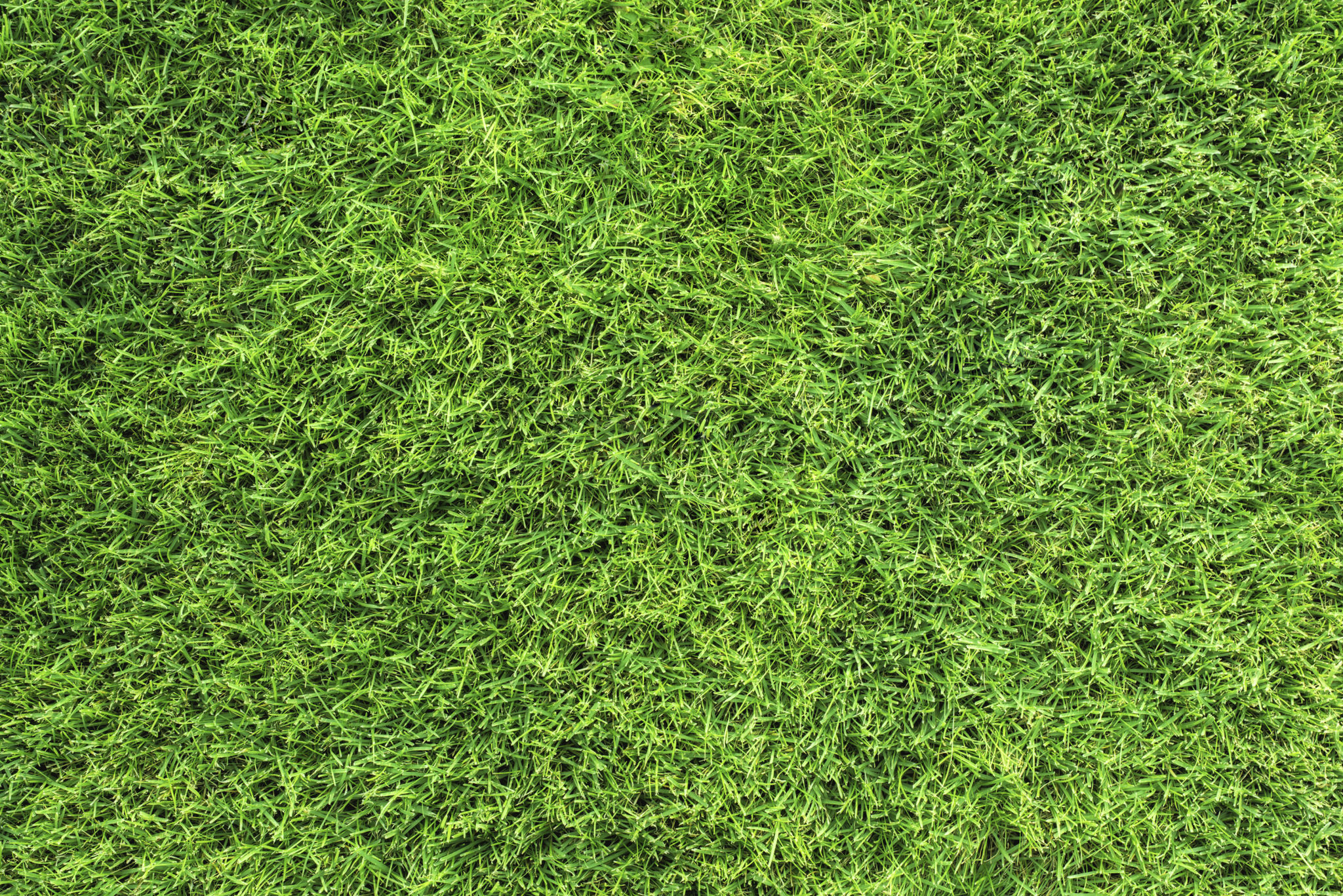Seasonal Training Tips: Preparing for Football in Different Weather Conditions
Understanding Weather Challenges
Training for football requires dedication and adaptability, especially as the seasons change. Each weather condition presents unique challenges that can impact performance and safety. Being prepared for these changes is crucial for any athlete looking to maintain peak performance year-round.
Whether it's the scorching heat of summer or the biting cold of winter, understanding how to adjust your training regimen can make a significant difference. This post will explore tips and strategies to help you prepare for football in various weather conditions.

Training in Hot Weather
Hot weather can be especially taxing on the body, increasing the risk of heat-related illnesses. Here are some strategies to stay safe while training in high temperatures:
- Hydration: It's essential to drink water regularly before, during, and after practice to prevent dehydration.
- Timing: Schedule workouts during cooler parts of the day, such as early morning or late afternoon.
- Clothing: Wear light, breathable fabrics that wick away sweat and help keep you cool.
Adapting Your Routine
In hot conditions, consider reducing the intensity of your workouts to minimize stress on your body. Focus on technique and skill drills rather than strenuous physical exertion when temperatures peak.

Training in Cold Weather
Cold weather presents its own set of challenges, including the risk of hypothermia and frostbite. To train effectively in colder temperatures, consider the following tips:
- Layering: Dress in layers to trap heat and allow for adjustments as you warm up.
- Warm-Up: Spend extra time warming up to increase blood flow and flexibility.
- Protection: Wear gloves and hats to protect extremities from the cold.
Maintaining Performance
In cold conditions, it's important to maintain your energy levels. Ensure you consume warm fluids and snacks during breaks to keep your body fueled and warm.

Training in Rainy Weather
Rain can make football training sessions challenging, with slippery surfaces increasing the risk of injury. Here are some ways to adapt to wet conditions:
- Footwear: Opt for cleats that offer better traction on wet surfaces.
- Ball Control: Practice with a wet ball to improve handling skills in less-than-ideal conditions.
- Visibility: Ensure you have gear that provides good visibility even in overcast or rainy conditions.
Staying Safe
Always prioritize safety by checking the playing surface for hazards like puddles or mud that could lead to falls. Additionally, be prepared to modify or postpone training sessions if conditions become too severe.

Final Considerations
Ultimately, preparation is key when it comes to training for football in different weather conditions. By understanding how temperature and weather affect your body and performance, you can tailor your training plan to stay safe and effective year-round. Remember, listening to your body and making necessary adjustments is crucial for long-term success on the field.
Consider consulting with a coach or sports professional if you're unsure about how best to adjust your training for seasonal changes. With the right strategies in place, you'll be ready to tackle whatever Mother Nature throws your way!
